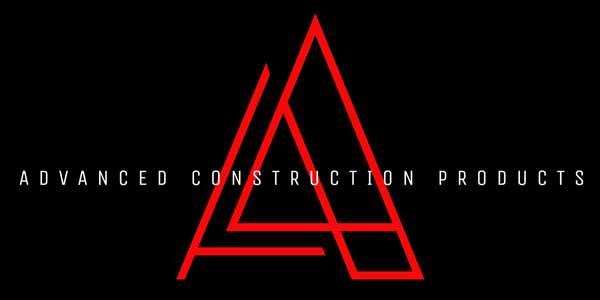Advanced Construction Products
FAQs - Rerounders
Our Pipe Rerounders are designed to maintain pipe integrity and do not compromise structural performance.
*As a general rule of thumb for assessing excessive deflection, we recommend pulling a deflection gauge one size smaller than the pipe diameter. For instance, in an 8-inch pipe, use a 6-inch gauge. If the gauge cannot pass through, it may indicate a level of deflection that warrants further evaluation of the pipe’s integrity. However, such significant deflection is typically uncommon.
There is minimal risk of the pipe breaking during this process when using our Pipe Rerounders. The equipment is specifically designed to restore shape without compromising structural integrity.
The time required can vary significantly. In most cases, the majority of time is spent on setup. Typically, only a few sections of the pipe are deflected, and the rerounding process can be completed in about 30 minutes once setup is finished. However, occasionally there are challenging areas that require considerable time and effort to navigate.
The correction is long-lasting. Many of the completed jobs have been re-inspected a year later for warranty purposes, with no issues reported.
To operate the Pipe Rerounder effectively, you'll need the following equipment:
- A pulling system capable of exerting 500 to 2,000 pounds of force
- A pull line, a return line, and a pulley at the pipe entry point
- An air compressor rated at 75 CFM or higher
- A minimum ¾-inch diameter air hose (lightweight PVC hose is acceptable)
- Our whip hose assembly, which includes an air swivel, air filter, and oiler
*Because the vibrator generates rotational torque, we recommend using a pull line swivel. The rerounder also uses a separate concentric pull-back swivel. If you plan to perform frequent rerounding, a hose reel—while not required to have a live swivel—can significantly speed up the process.
Pipe depth does not appear to pose a problem. Our Rerounders have been successfully used at depths greater than 30 feet without issue.
